Salvation Mountain, November 2014
The deserts of the world are home to many strange things, both natural and unnatural. One of the strangest - and most unique things is Salvation Mountain, located outside of Niland, California. Salvation Mountain was the work of one man, Leonard Knight. Over the course of thirty years, Leonard built - and re-built Salvation Mountain out of hay bales, plaster, and paint to spread his simple but powerful message - "God is Love". Over that thirty year period, Leonard also was the beneficiary of a near infinite supply of plaster and paint, as well as various pieces of equipment, such as old cars, a boat, and a forklift. While Leonard received most of his materials for free, he provided all of the labor that went into the construction of the mountain and its surroundings, and created all of the art that covers the area. Although Leonard was passionate about his message; he was not a man who actively sought out fame, even though the region became famous after the film Into the Wild.
To me, this is what made Leonard and his work unique - the fact that he had an important message to spread that was his life's work, but did not proselytize. I can say this because I met Leonard one afternoon in 2010 when I first visited Salvation Mountain with some friends. At that point, the movie had come out, and the mountain was on people's radar as an unique spot - but was not yet popular. On that afternoon when I visited, my friends and I were the only visitors, and Leonard spent most of the afternoon talking to us. He spoke of many things; of the difficult of the work; of his vision; of his balloon; himself; the desert; and his message. Even though I could tell he had a powerful belief in his message, he did not push it on us, because as he said, "...the message 'God is Love' speaks for itself." Even though I did not mention it in my original post on the mountain, I left that day feeling that I had met a very genuine person.
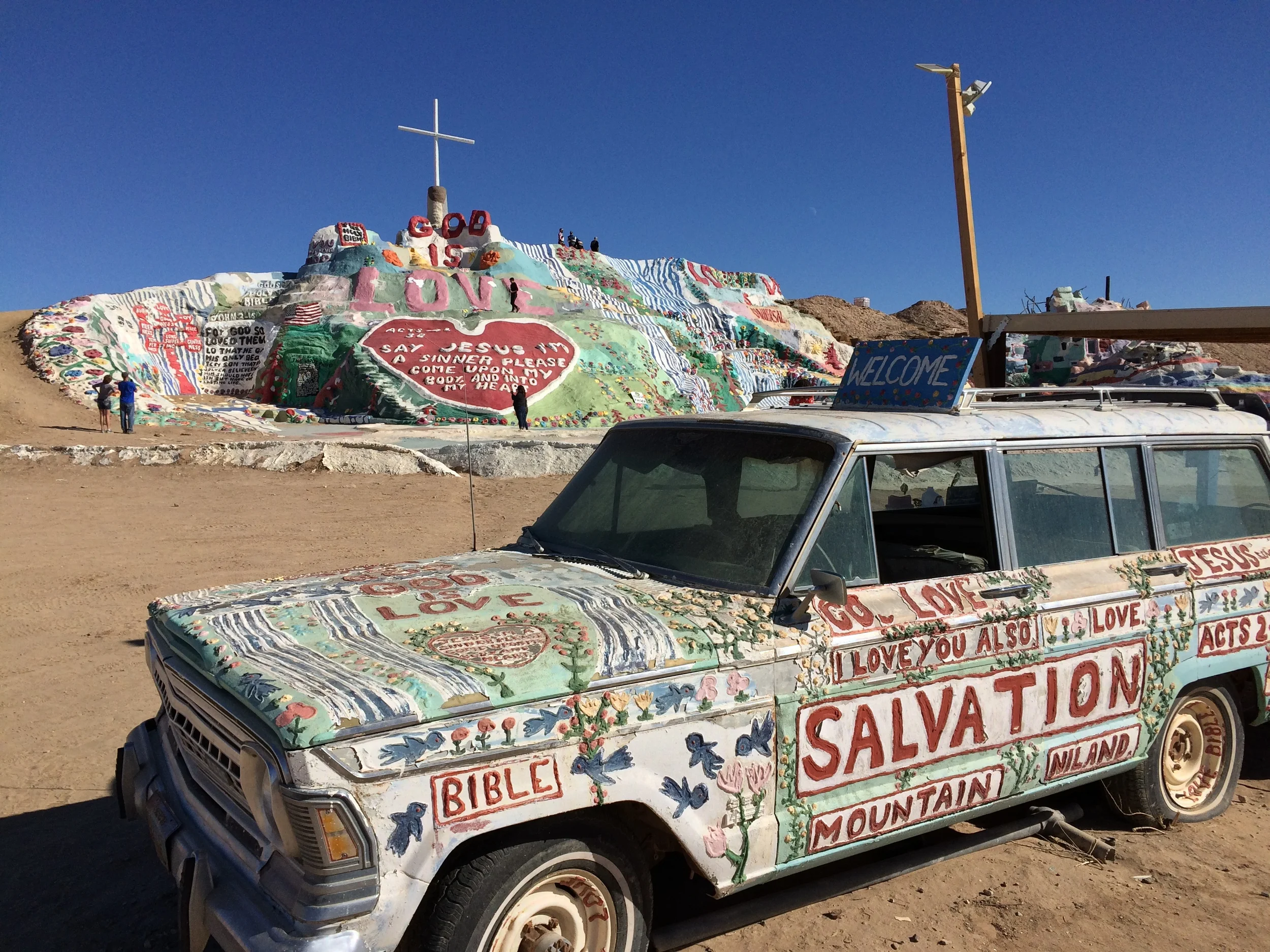
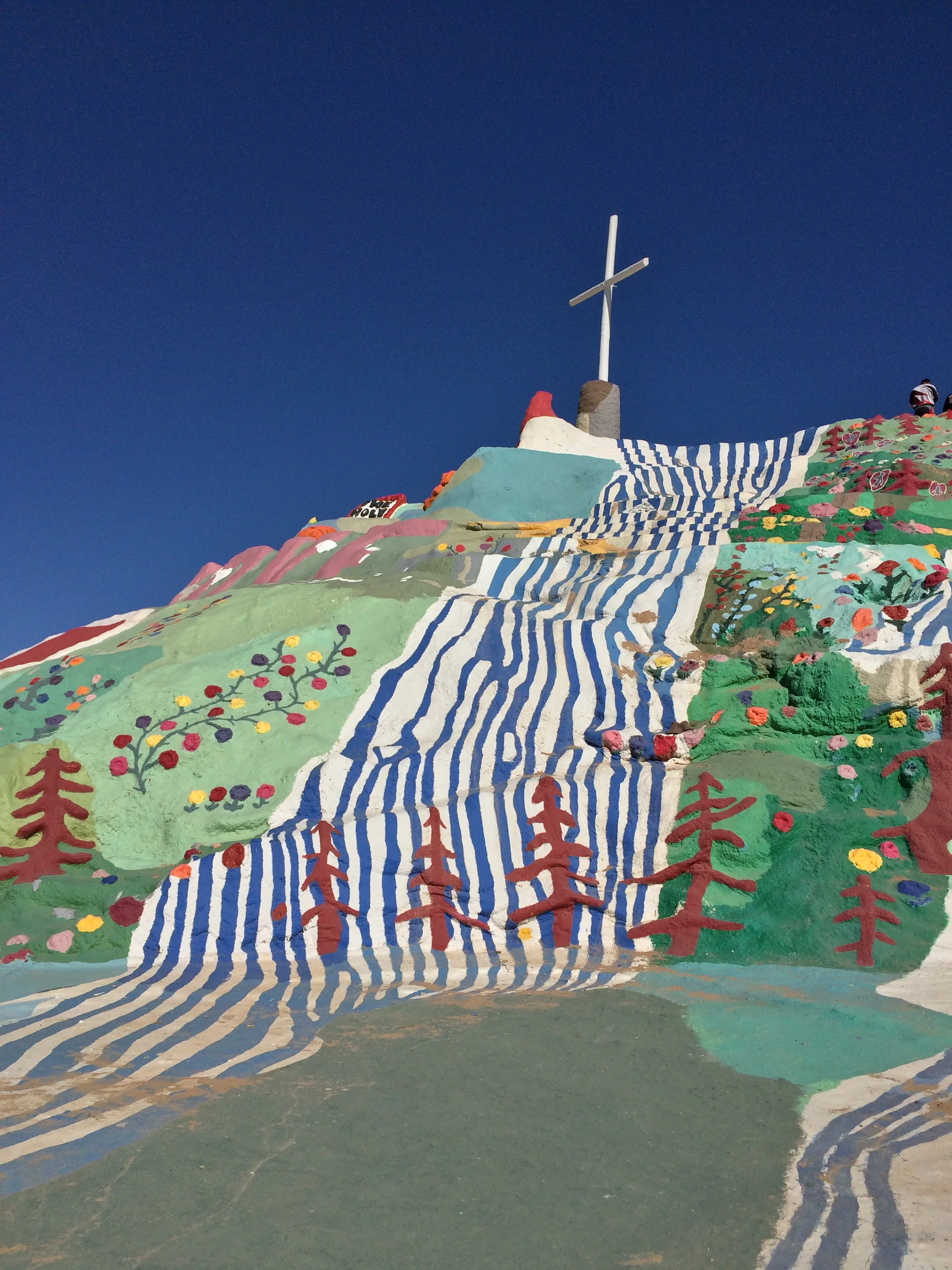
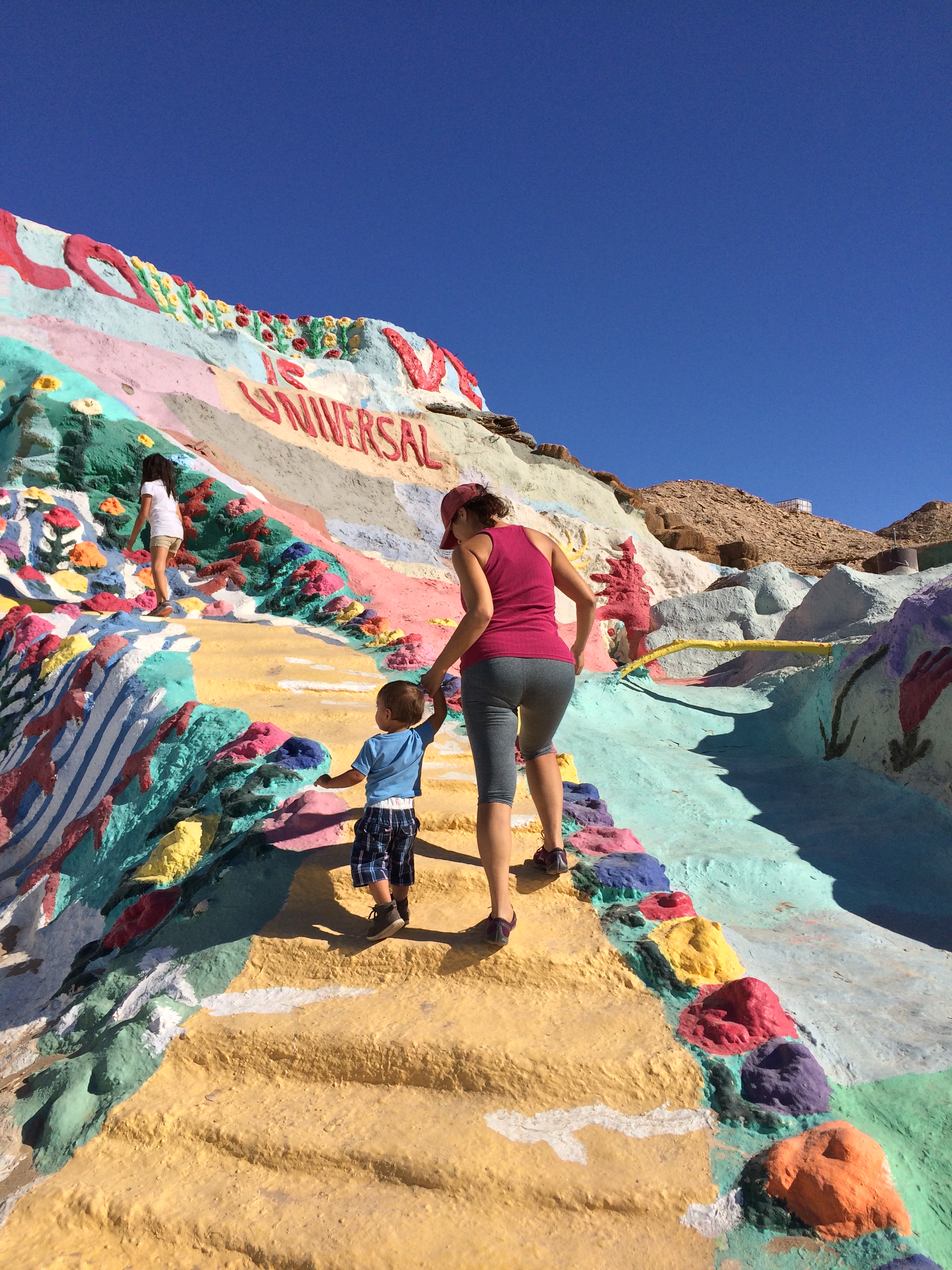
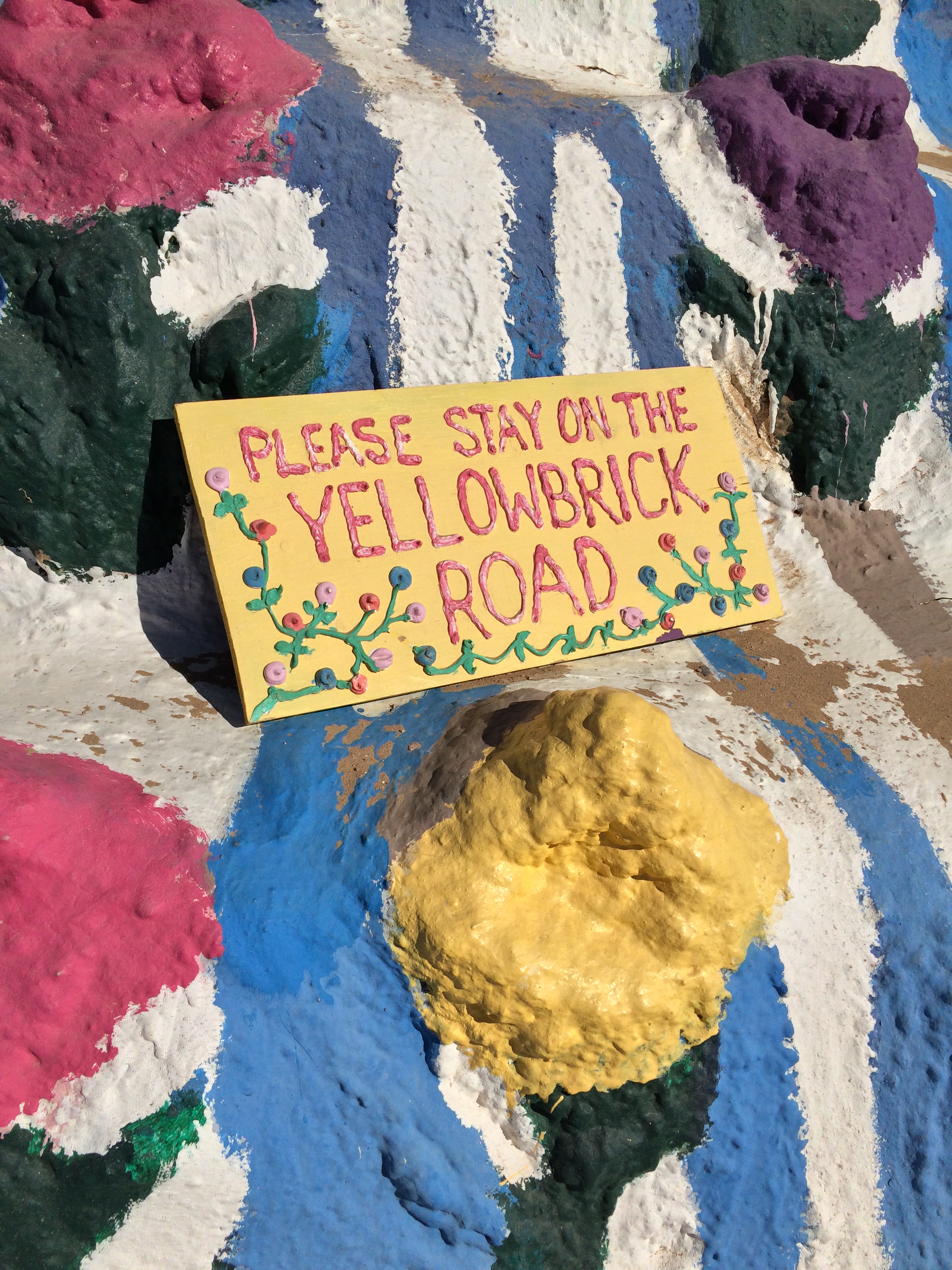
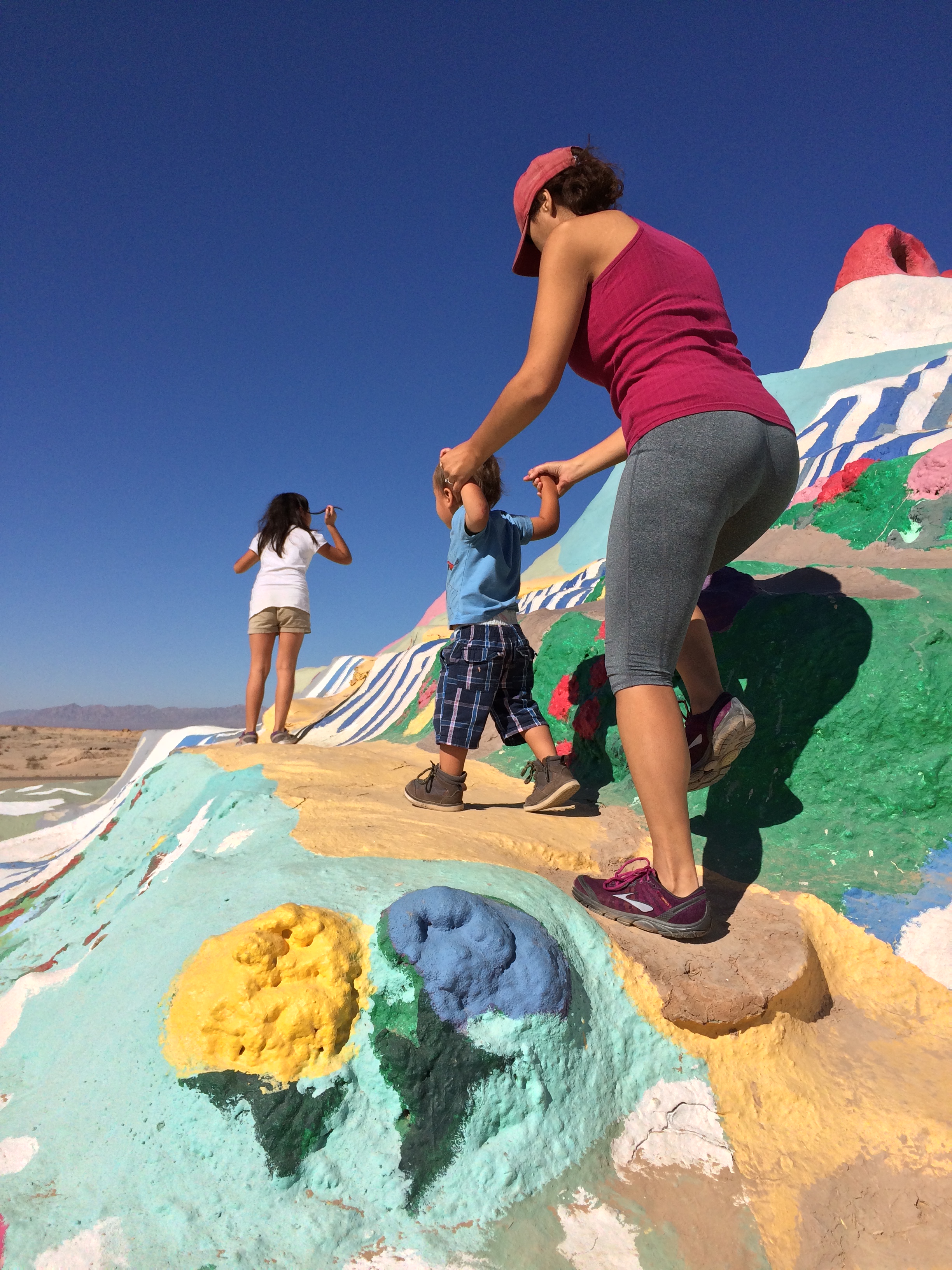
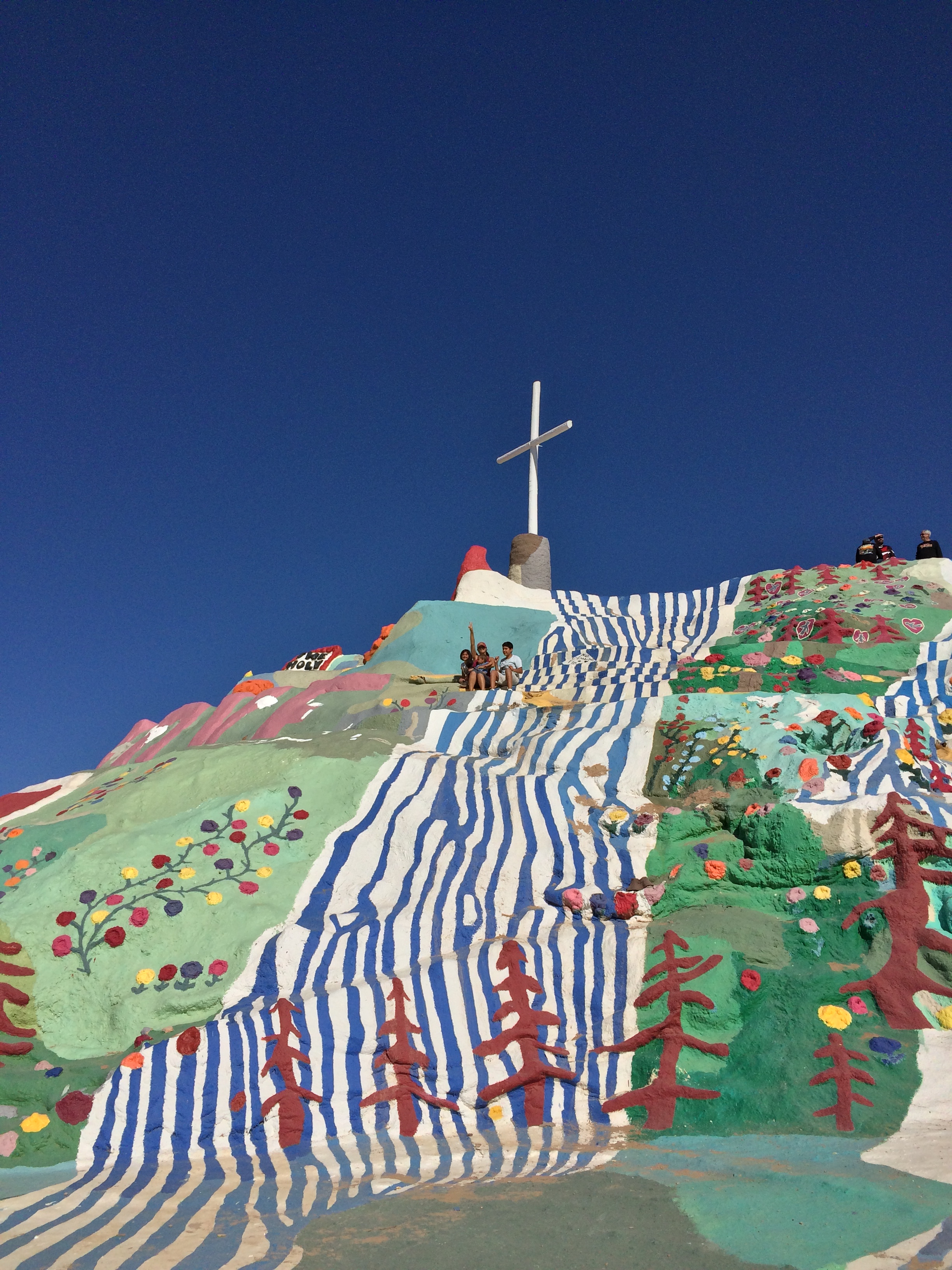
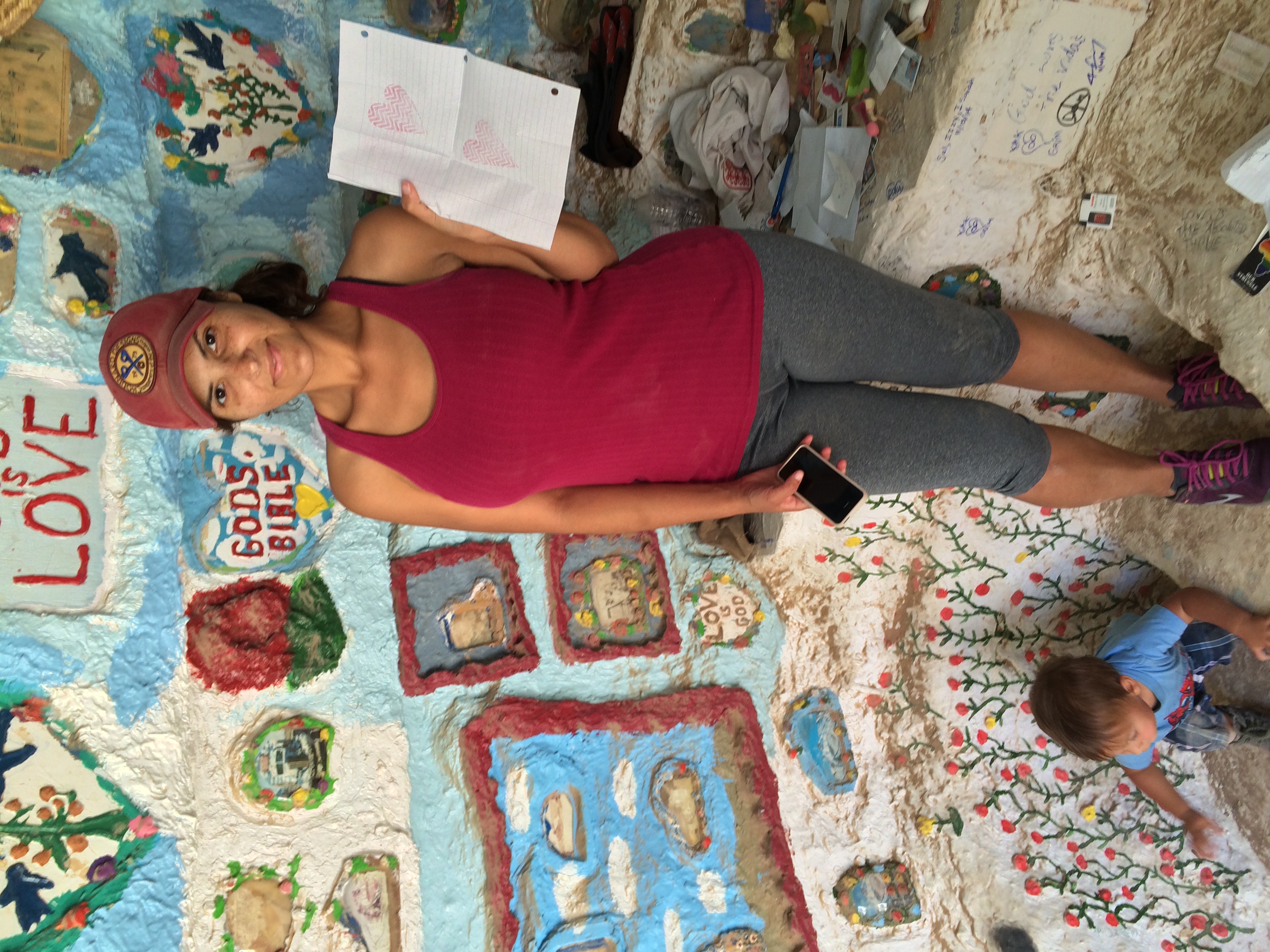
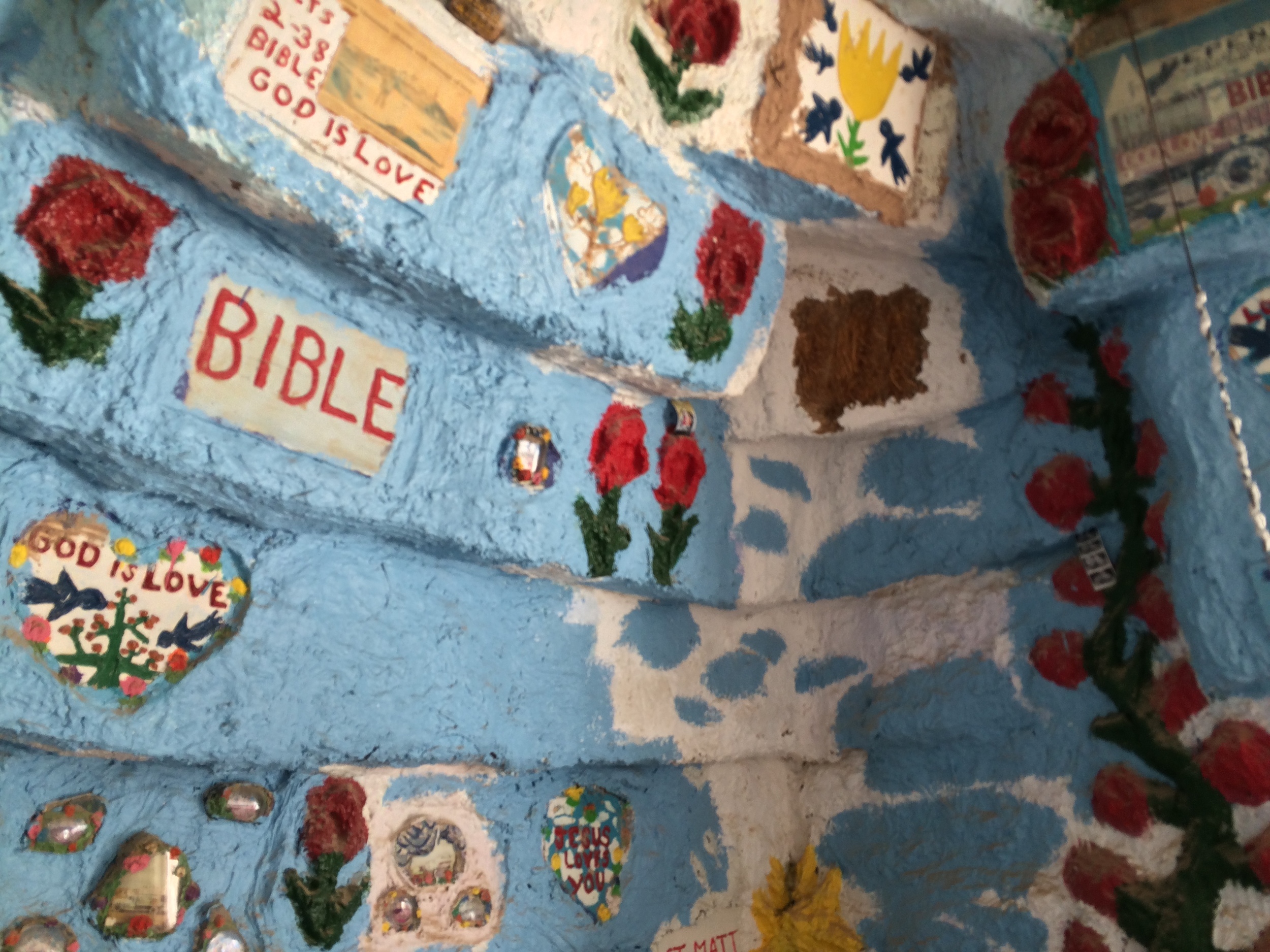
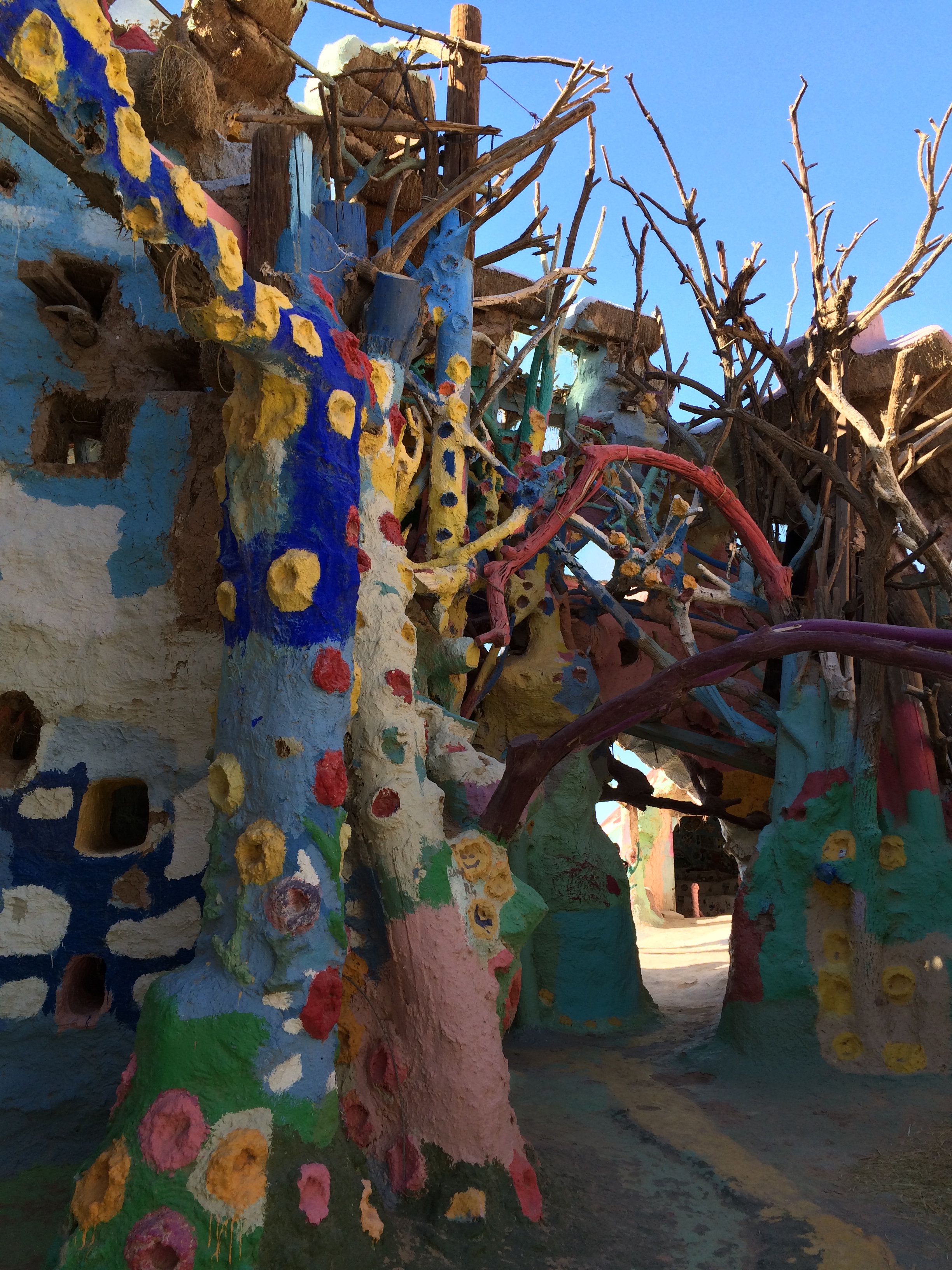
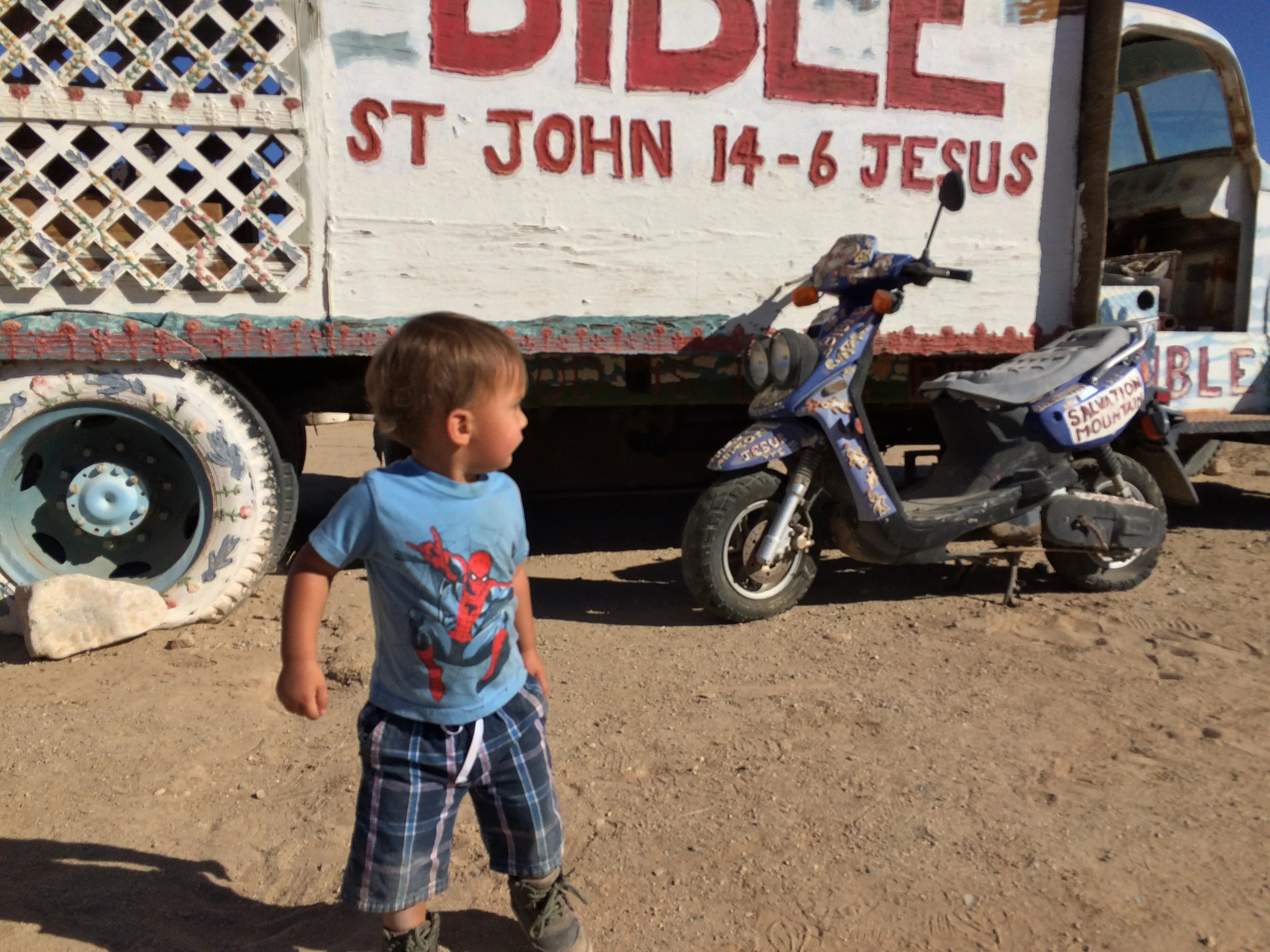

Earlier this year, I heard that Leonard had passed away, which was not a surprise, as he had seemed ancient at the time of my initial visit. What I was curious about, however, was how the mountain would look and survive after his death, as the desert is a harsh place. When the opportunity came to visit this last weekend at the urging of my fiance, @losadventura, I was excited to return and see what we would find. After a drive, we arrived at Salvation Mountain. In some respects, as I pulled into the dirt lot, it was as if I never left. The vehicles that ring the mountain were still there, and the bright colors of the mountain remained, dominating the drabness of the surrounding desert.
In other ways though, the mountain had changed. The most obvious change was the number of visitors present. The parking lot was full upon our arrival; and stayed busy throughout our visit - which was a drastic change from the solitude I had experienced on my first visit. While the number of visitors may seem to be a strange thing to talk about, it is important to remember that Niland, California is located on the Eastern side of the Salton Sea, which is off the beaten path - and then some. The closest town to Niland is Brawley, California - an hour to the South, and Brawley itself is a two to three hour drive away from most major cities. Then again, while I will complain about visitors in many spots, I can't complain about visitors to the mountain paying respect to Leonard's life work - and his message. While he never sought fame for his work, it is clear that his work is now famous.
In minor ways, the mountain is also changing. Because of the increased use, the plaster that covers portions of the mountain is cracking, or breaking down. And, without Leonard to maintain the mountain, the desert itself is breaking down the plaster and fading the colors that once rivaled local sunrises and sunsets. To me though, the thing missing most from the mountain was Leonard himself. While his mountain endures for now; and his message spreads through each visitor that sees the mountain, the place felt to me somewhat empty without him to complete the work that was left unfinished in the back; or without his presence to talk to those who had visited from distances far or small. In terms of what the future brings for the mountain, Leonard's message will always endure - but the mountain may not without a more consistent caretaking approach, which appears to be up in the air. In my opinion, if you want to experience Leonard's vision - and the mountain, the time to visit is in the immediate present, while his tangible message lasts on the earthly medium he left behind.
Directions: Salvation Mountain is located one mile to the East of the city of Niland, California.
